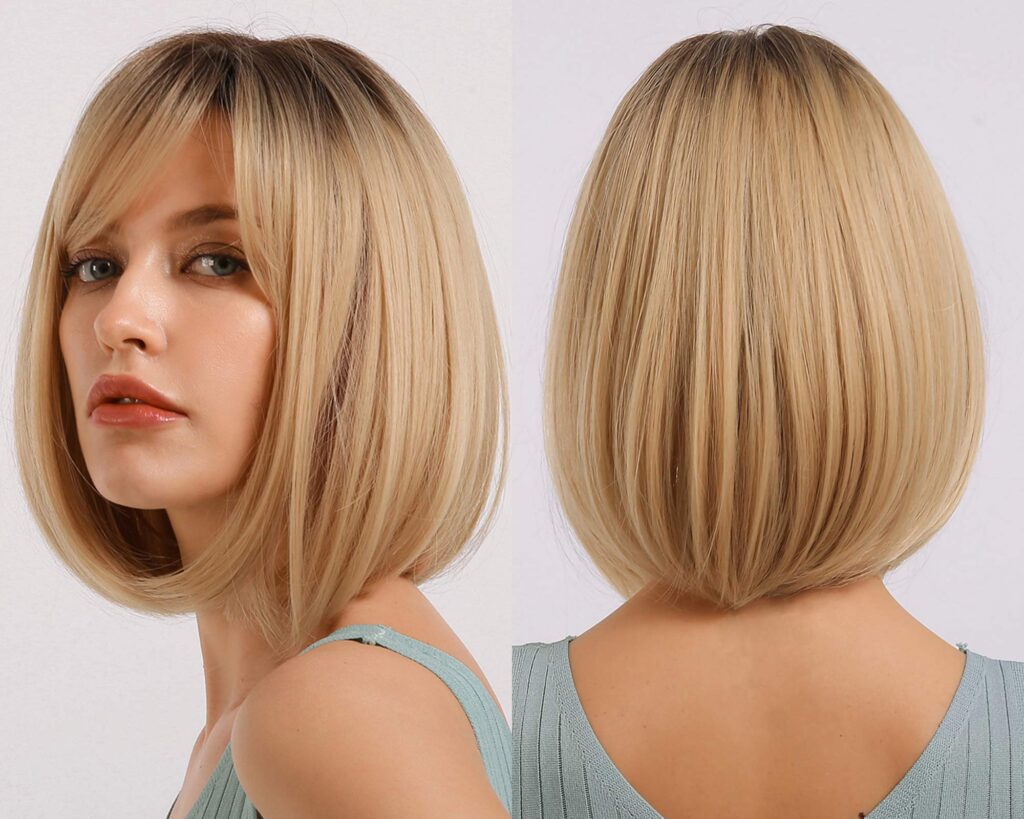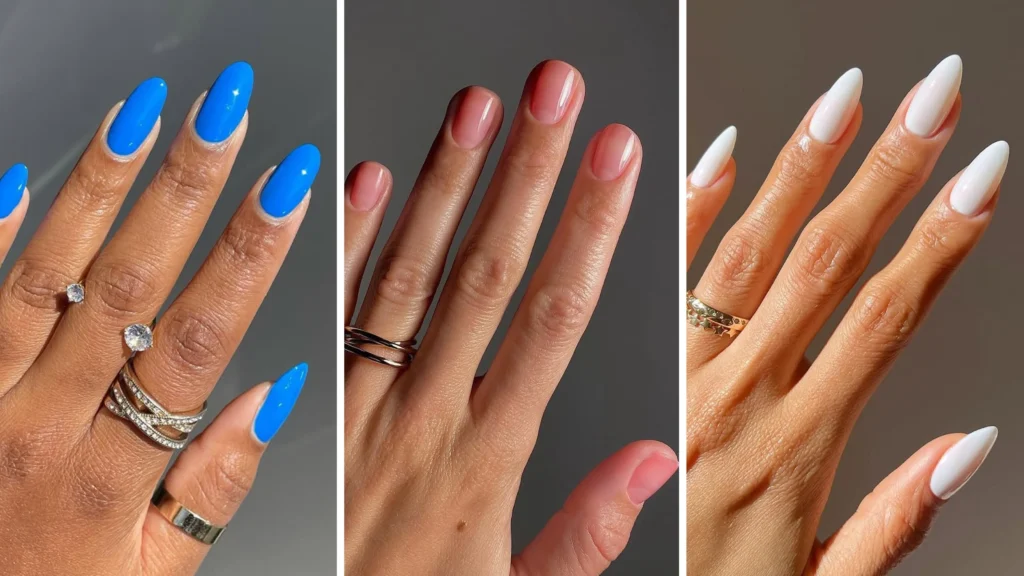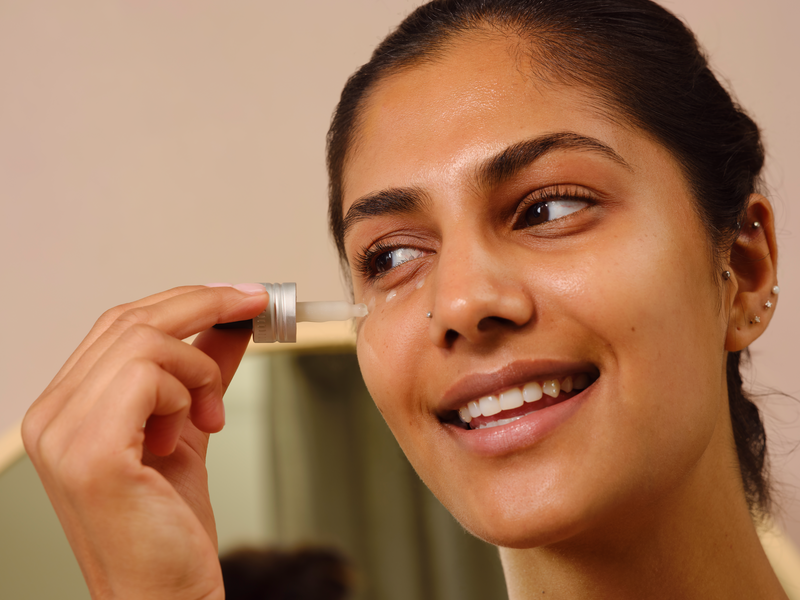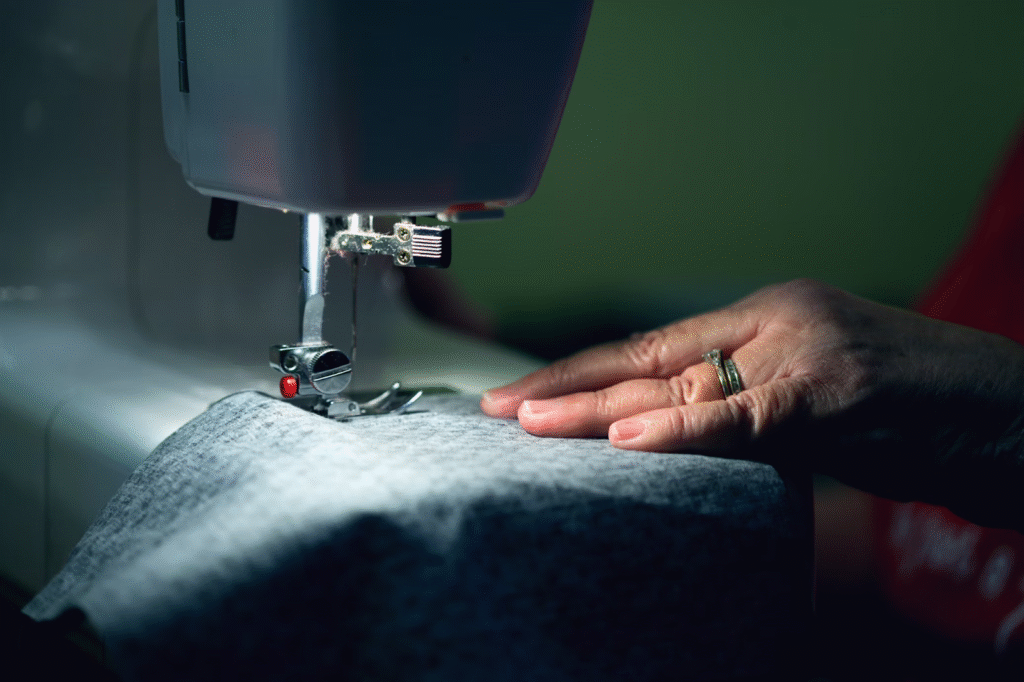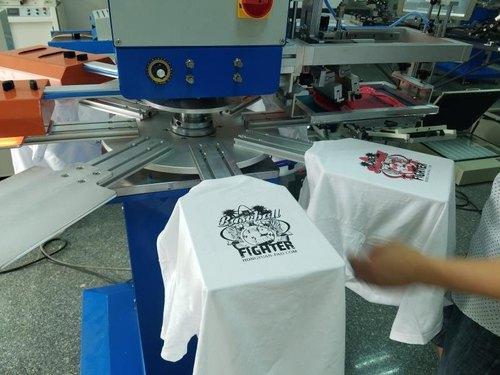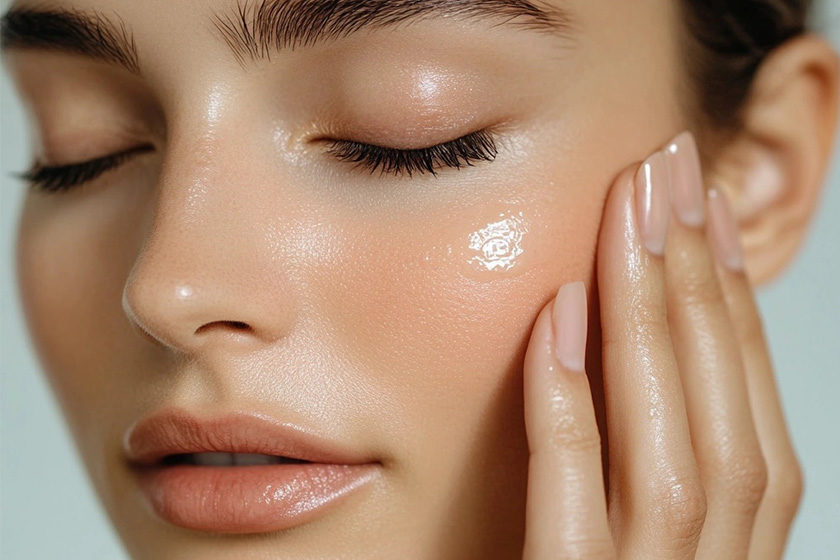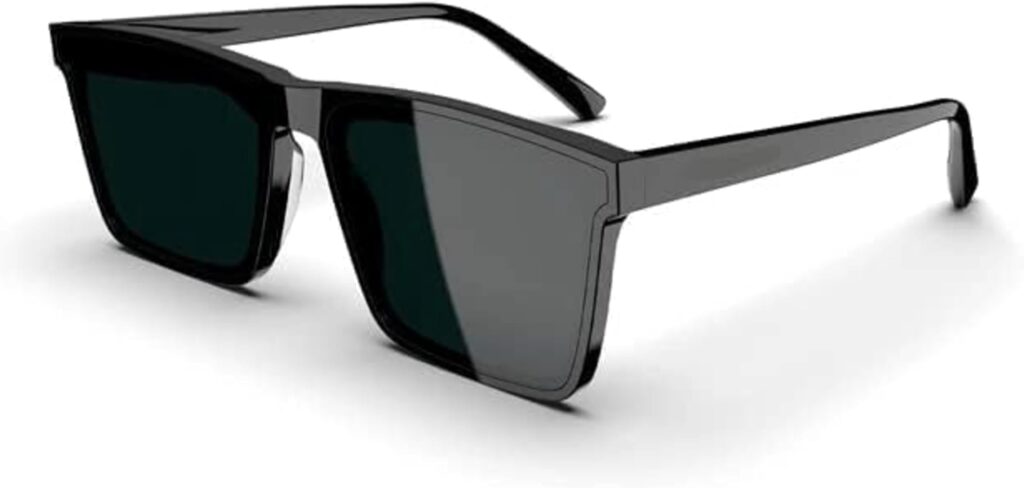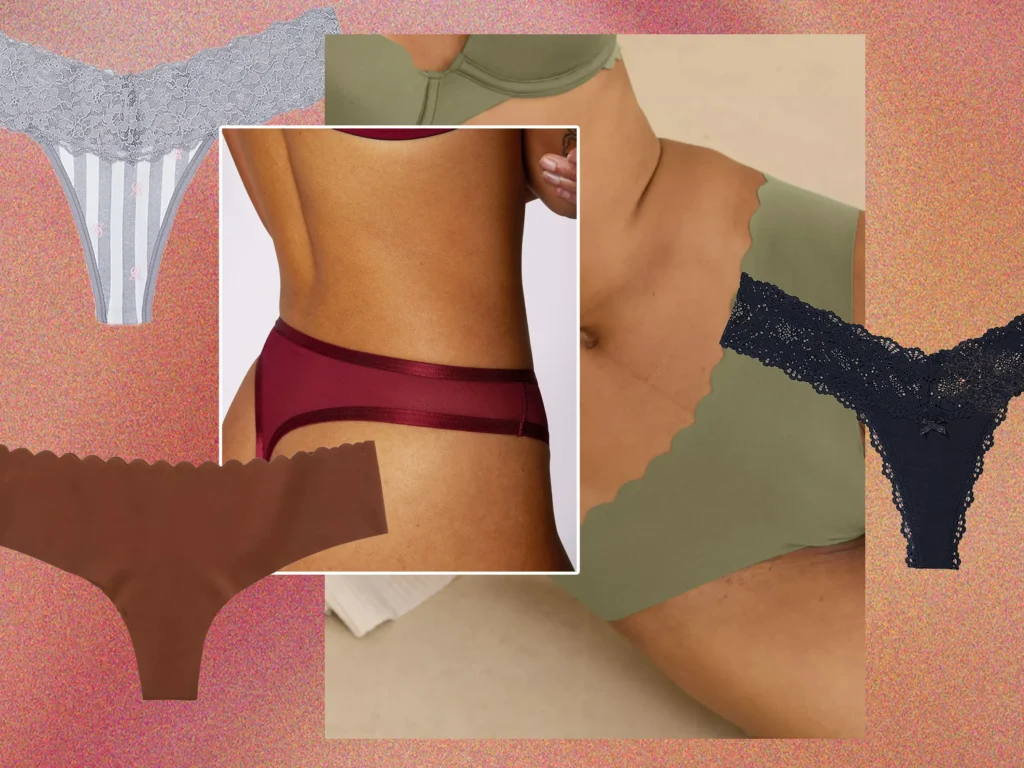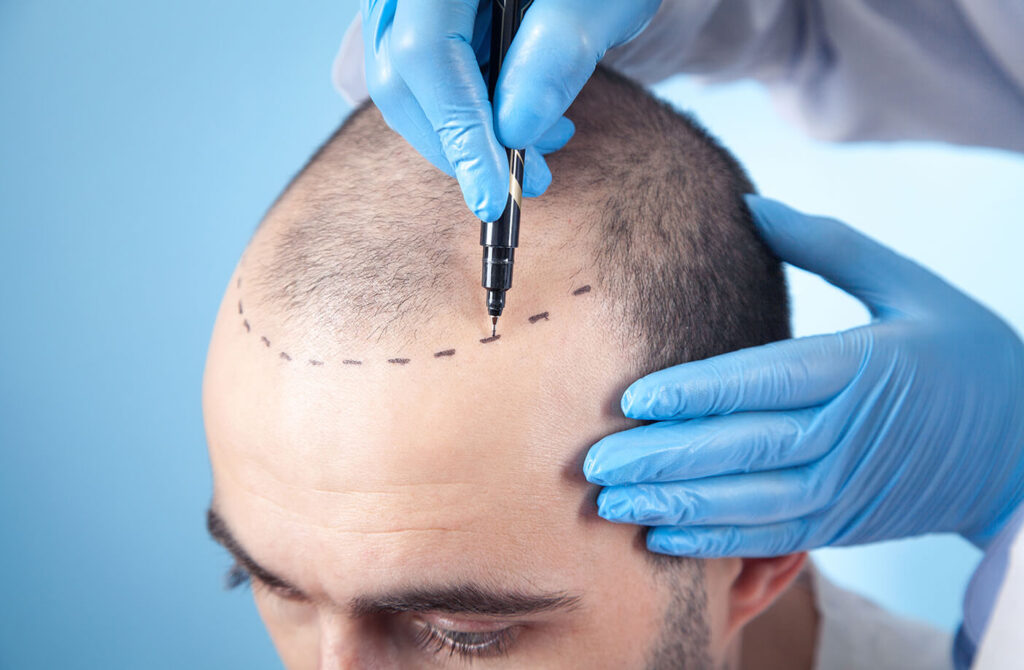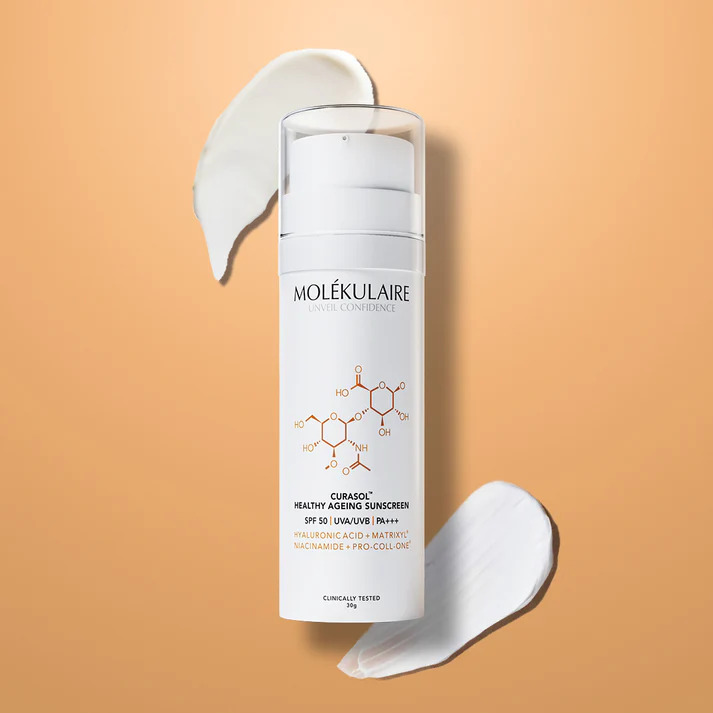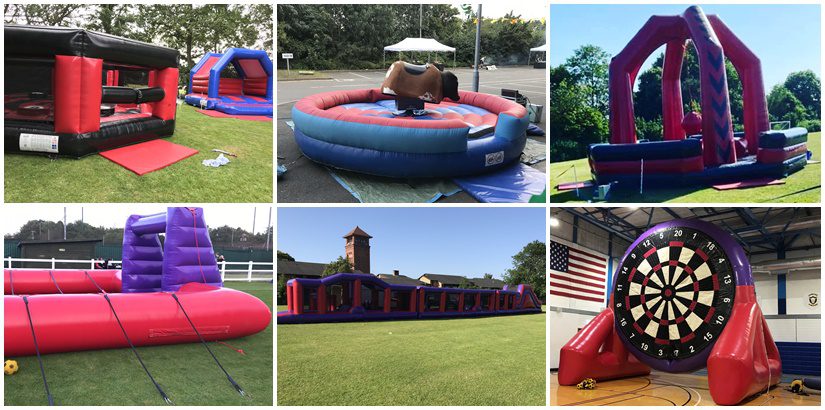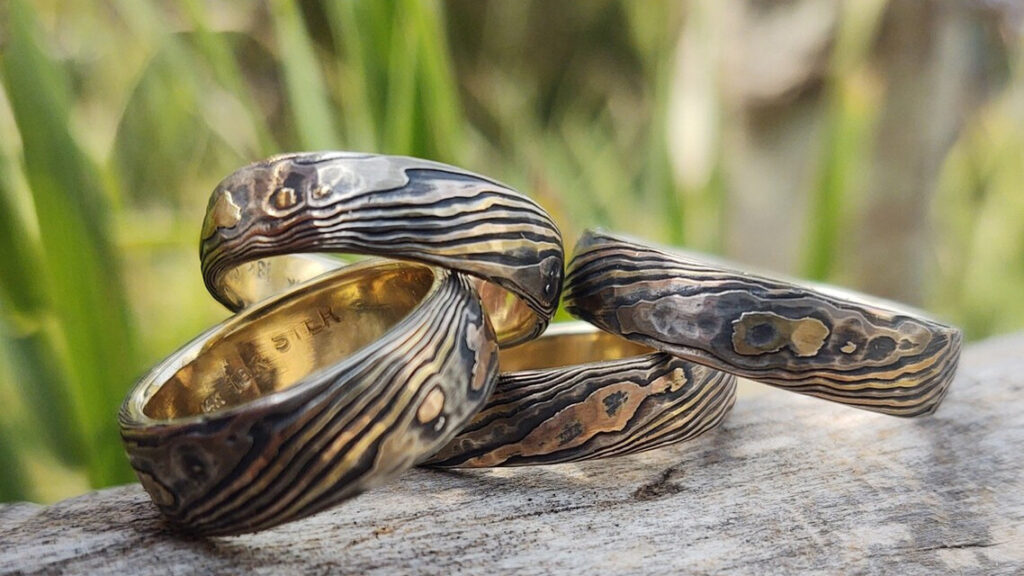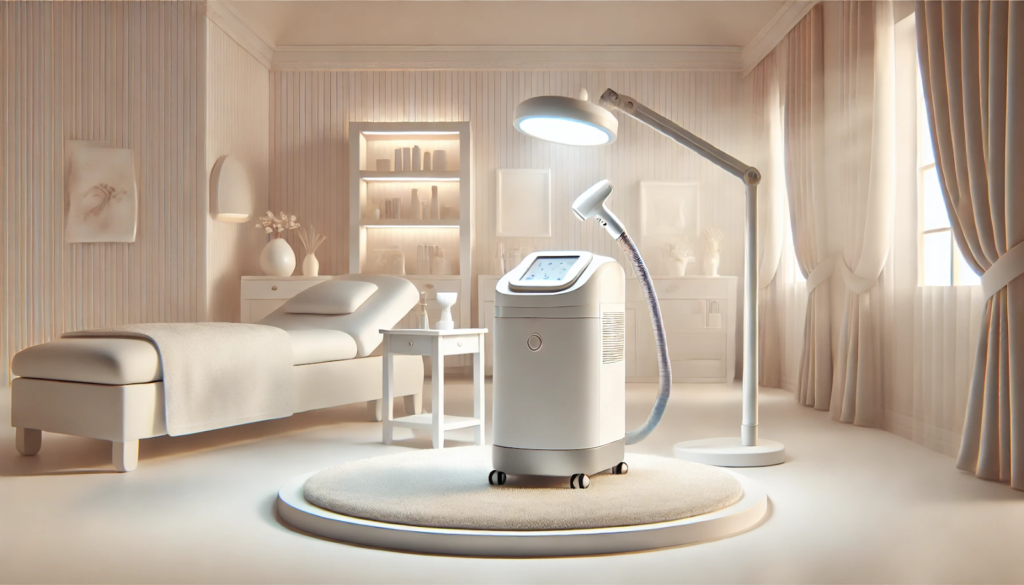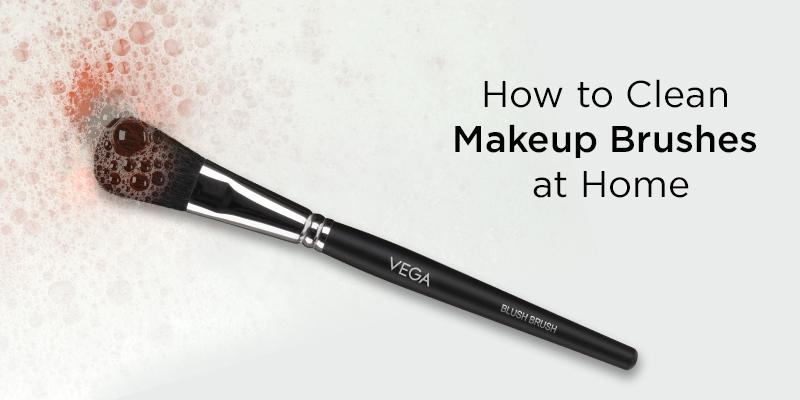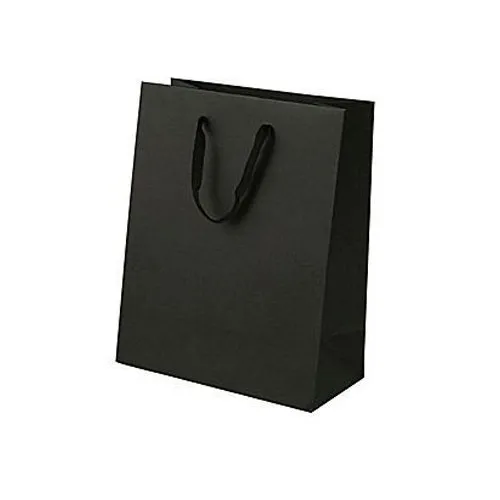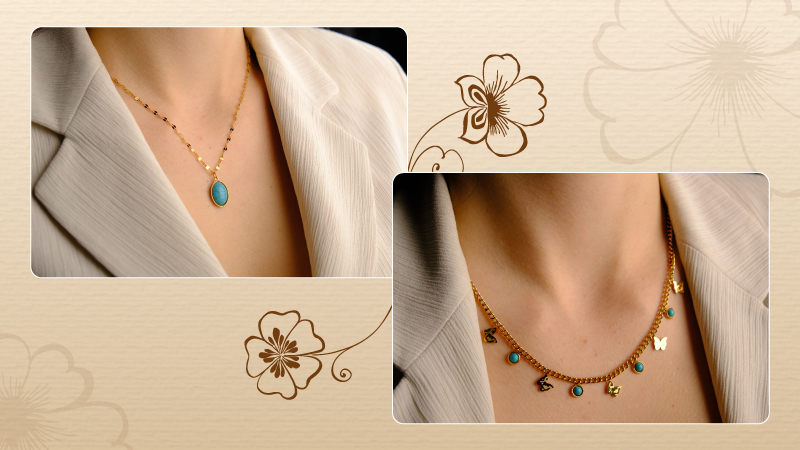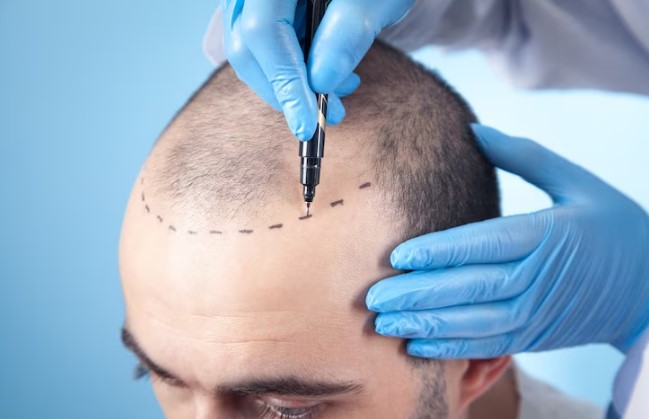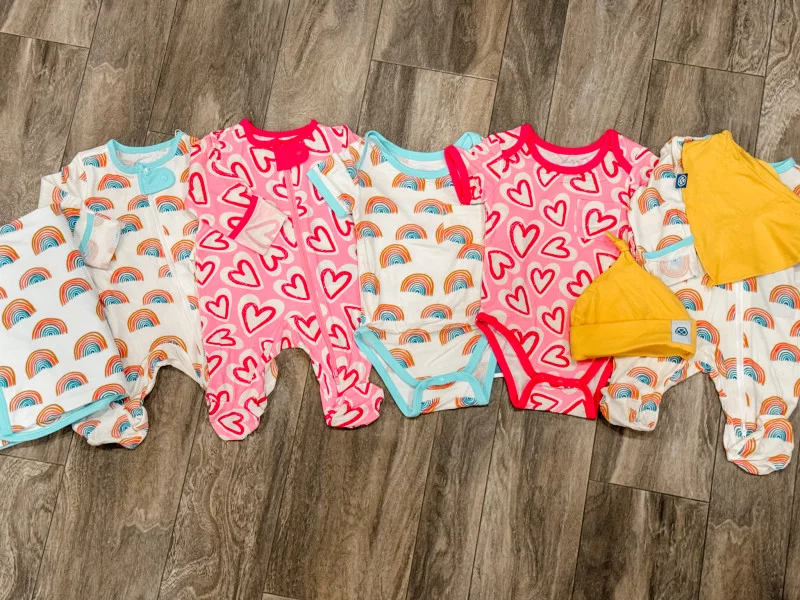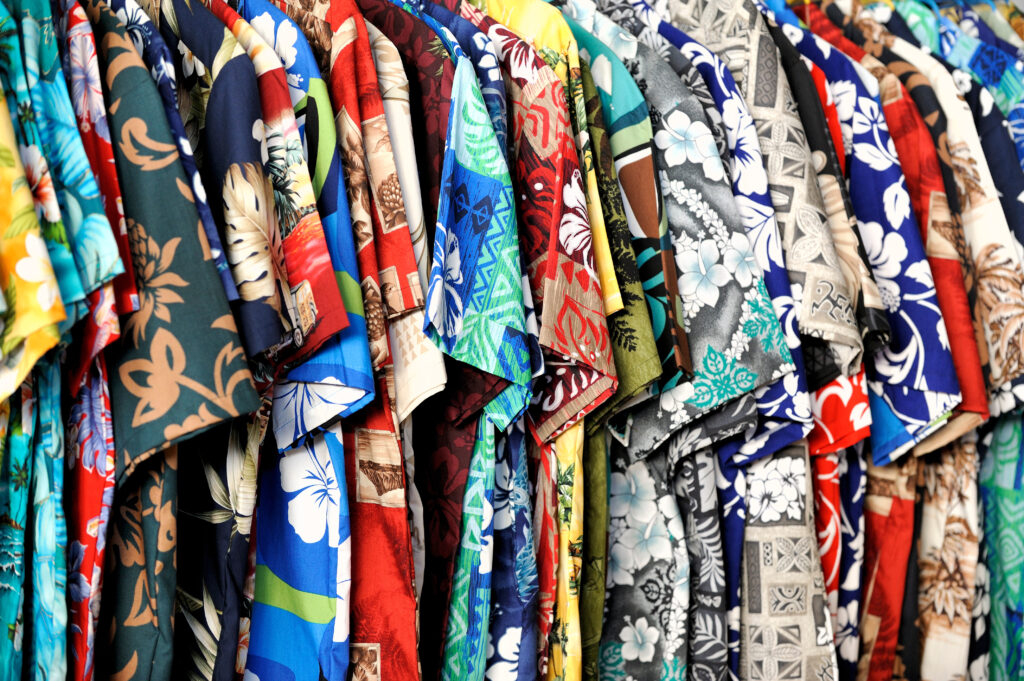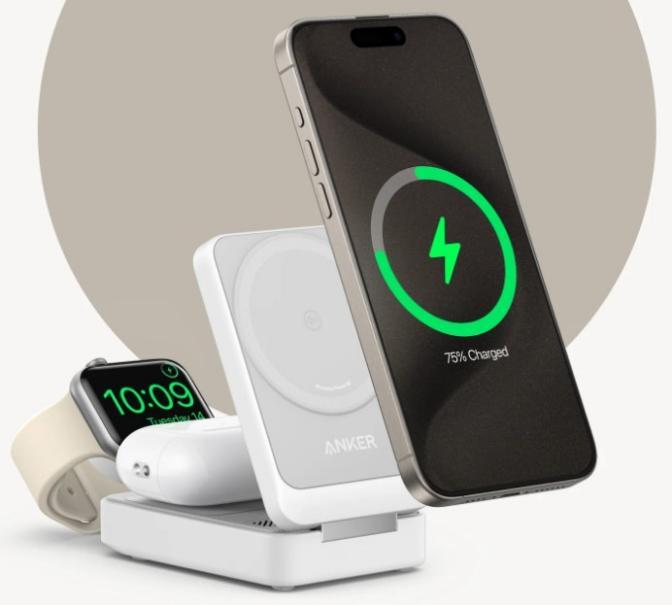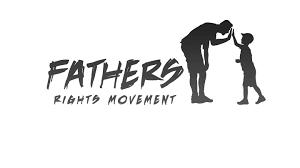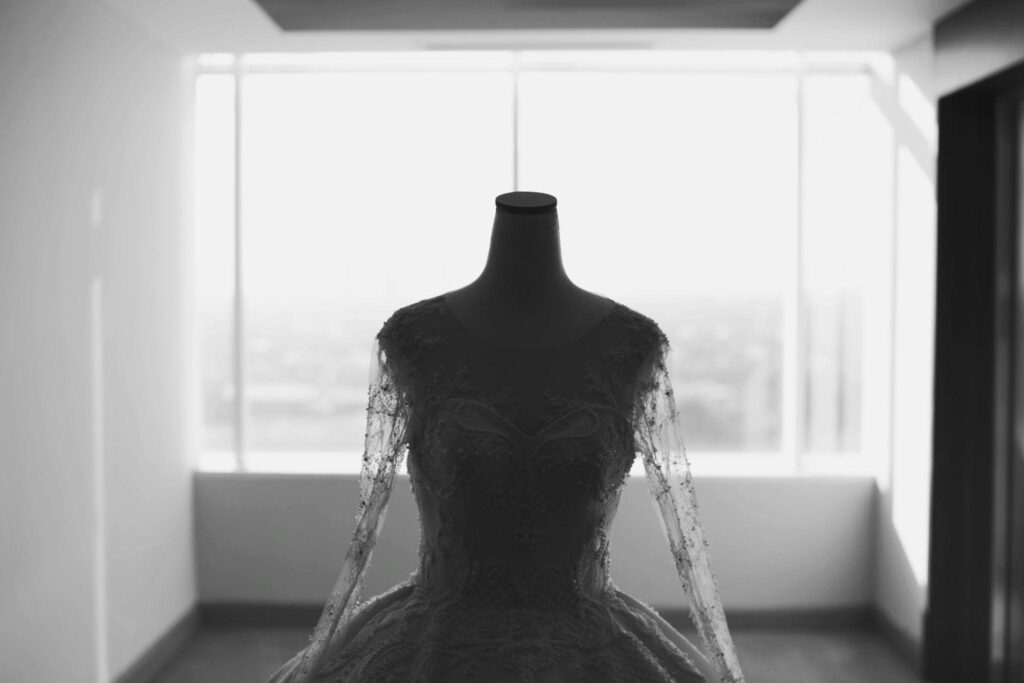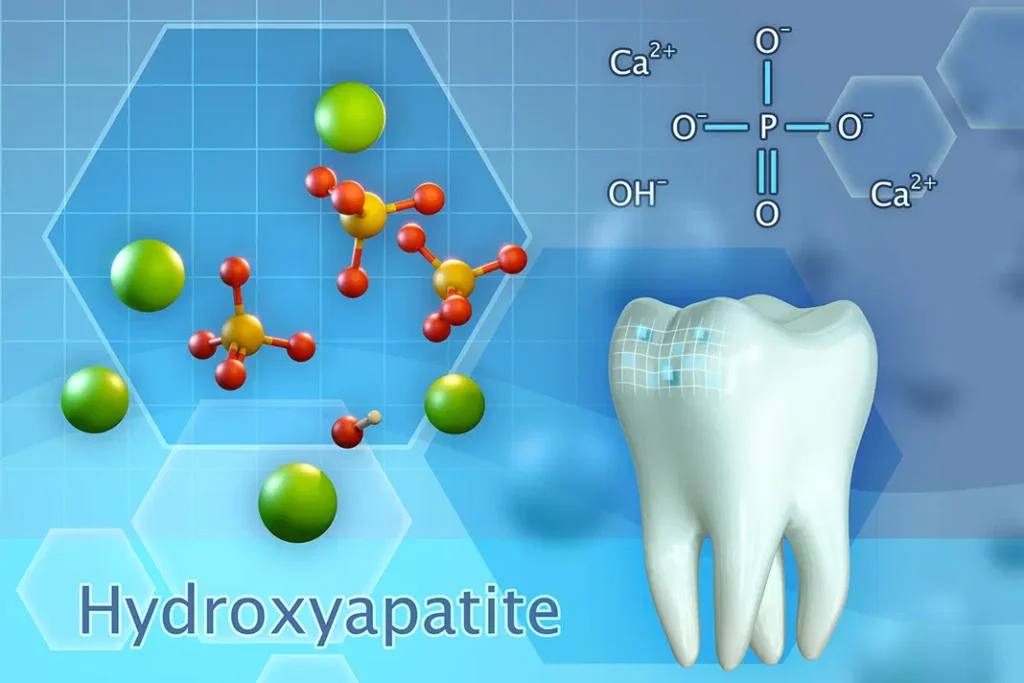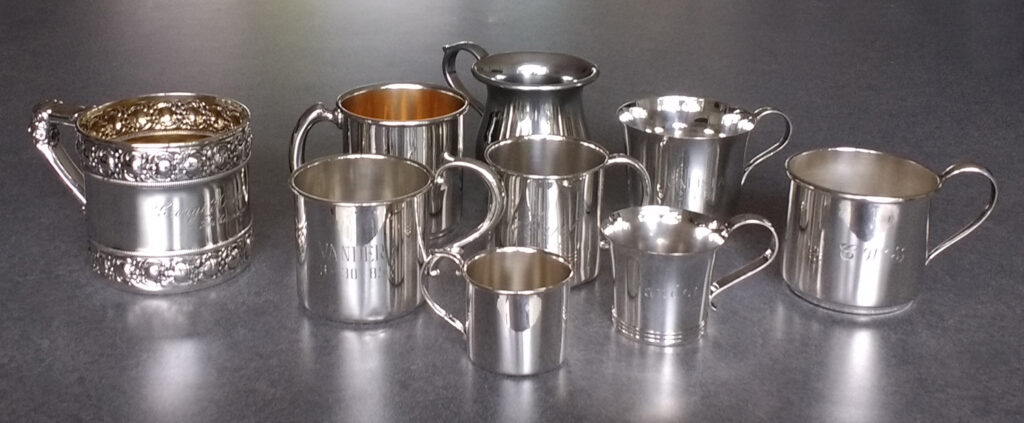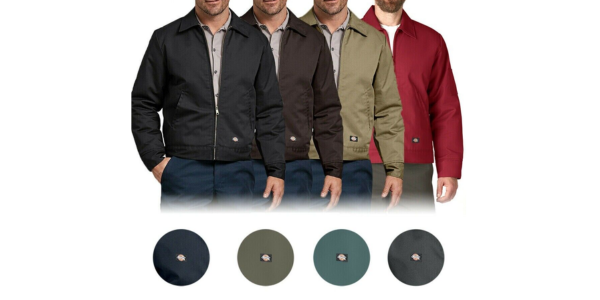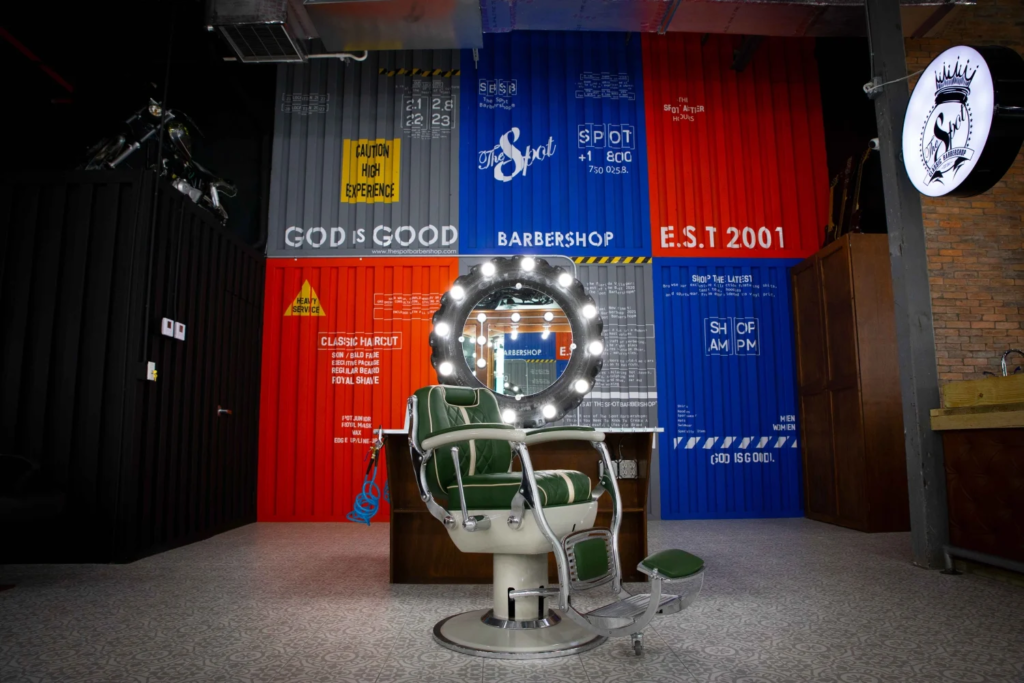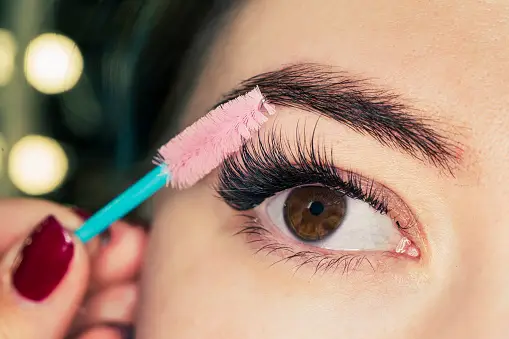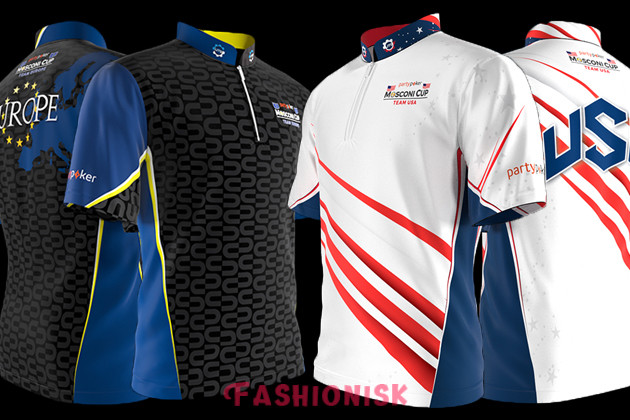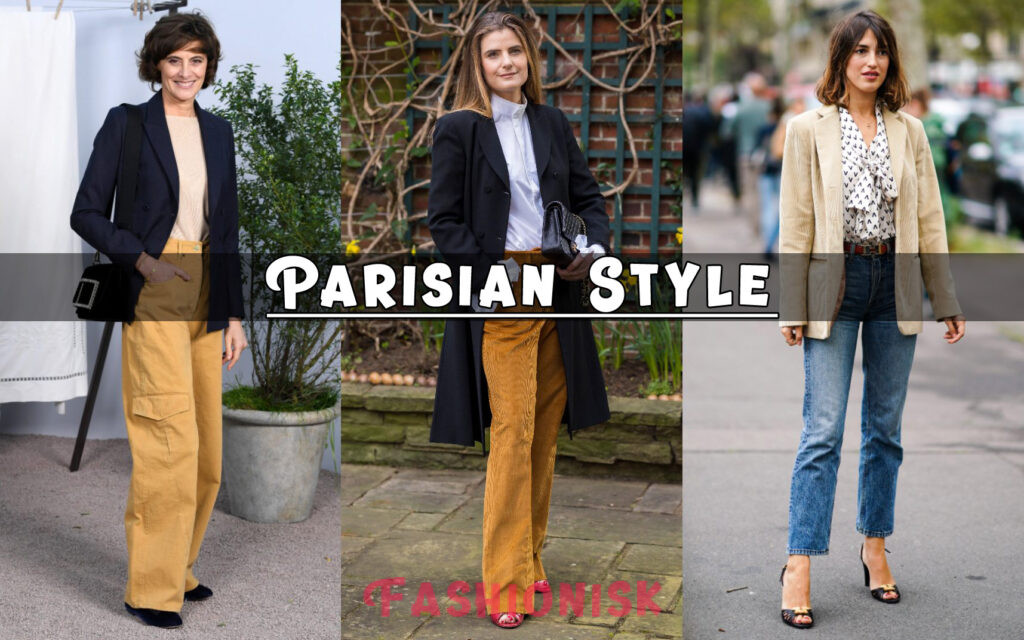Red Light Therapy Blankets vs. Infrared Sauna Blankets: What’s the Difference?

In the world of at-home wellness, two types of high-tech therapy blankets are getting much attention: red light therapy blankets and infrared sauna blankets. Both promise impressive benefits, from better skin and muscle recovery to stress relief and detoxification. But before you invest, it’s essential to know how they differ and which one is right for you. Let’s dive into the details.
Red Light Therapy Vs. Infrared Therapy
Red Light Therapy
Red light therapy (RLT) is a non-invasive treatment that uses low-level wavelengths of red light to stimulate cells and promote healing. The wavelengths, typically between 600 and 700 nanometers (nm), penetrate the skin, activating biological processes in your cells. Red light therapy enhances the energy-producing components in your cells called mitochondria. When your cells have more energy, they can function more efficiently, repair damage faster, and rejuvenate tissues. This makes RLT popular in the skincare and sports recovery world.
Red light therapy is also known as:
- Low-level laser light therapy.
- Low-power laser therapy.
- Soft laser therapy.
- Non-thermal LED light.
- Cold laser therapy.
- Photobiomodulation and phototherapy.
- Biostimulation, photonic stimulation.
Infrared Therapy
Far-infrared (FIR) wavelengths are used in infrared treatment to penetrate deeply into bodily tissues, generally to depths that red light therapy cannot reach. Unlike visible red light, FIR is invisible to the human eye. Infrared heat penetrates skin and muscle tissues, raising body temperature and causing a sauna-like sweating effect. This procedure is believed to improve circulation, cleansing, and relaxation. FIR is often used in sauna blankets and sauna rooms to provide a warm, sweaty experience that resembles traditional sauna benefits.
Red Light Therapy Blankets Vs. Infrared Sauna Blankets
How Red Light Therapy Blankets Work
Red light therapy blankets are equipped with red LED lights that emit the optimal wavelengths for cellular absorption. These lights are arranged in patterns across the blanket’s surface, allowing for even exposure to the body. When in use, the blanket emits a gentle glow but doesn’t generate heat, making it comfortable for long periods.
Benefits of Red Light Therapy Blankets
Here are some common advantages of red light therapy blankets:
- Reduce stretch marks.
- Improve wound healing.
- Reduce age spots, wrinkles, and fine lines.
- Improve facial texture.
- Improve scars.
- Improve eczema, psoriasis, and rosacea.
- Improve sun-damaged skin.
- Improve acne.
- Improve hair growth in individuals suffering from androgenic alopecia.
Side Effects of Red Light Therapy Blankets
Over 4,000 studies on red light therapy have shown no significant side effects to date. However, it’s crucial to always follow the usage instructions provided with any red light therapy device.
Before trying a Red Light Therapy Blanket for the first time, make sure to perform a photosensitivity test. While red light itself hasn’t been linked to eye damage, the brightness of some devices can be uncomfortable for those sensitive to light. Therefore, if you are light-sensitive, using protective goggles during your sessions is essential.
How Infrared Sauna Blankets Work
Infrared sauna blankets use FIR technology to produce heat, simulating the effects of a traditional sauna but in a portable and convenient form. As the blanket warms up, it raises the body temperature, causing sweat production. This makes infrared sauna blankets ideal for those who enjoy the sensation and benefits of a sauna session at home.
Benefits of Infrared Sauna Blankets
- Detoxification
- Relaxation
- Pain relief
- Stress reduction
- Improved skin health
- Improved sleep
- Improved cardiovascular health
- Boosted immune system
Side Effects of Infrared Sauna Blankets
There’s no evidence indicating that infrared sauna blankets are unsafe; however, it’s still crucial to consult a doctor before using one. Pregnant women should avoid any type of sauna therapy.
Additionally, anecdotal reports suggest that people with heart conditions should steer clear of sauna therapy, possibly because the heat and humidity can strain the cardiovascular system.
Children should spend less time in a sauna blanket compared to adults, and research from 2021 suggests that children under the age of 6 should avoid this therapy entirely, as their bodies are less efficient at regulating heat and sweating, putting them at risk of overheating.
Key Differences Between Red Light and Infrared Sauna Blankets
1. Mechanism of Action
- Red Light Therapy: Works by stimulating cellular energy and promoting tissue regeneration. It does not use heat.
- Infrared Therapy: Uses heat to increase body temperature, causing sweating and promoting detoxification.
2. Heat vs. No Heat
The primary difference is that infrared sauna blankets generate heat to induce sweating, whereas red light therapy blankets do not. Infrared heat can penetrate deep into the skin, producing a sauna effect, while red light therapy provides cellular-level benefits without affecting body temperature.
3. Primary Benefits: Skin Health vs. Detoxification
Red light therapy is focused on skin health, cellular regeneration, and healing, making it ideal for those looking to improve skin tone and reduce signs of aging. Infrared sauna blankets, on the other hand, excel at detoxification, weight management, and relaxation, as they induce sweating and increase circulation.
4. Session Experience
Red light therapy sessions are typically shorter (10–20 minutes) and don’t require you to break a sweat. While, infrared sauna therapy sessions last 30–45 minutes, with sweating and heat intensity being major elements.
Safety Considerations and Precautions
Both red light therapy and infrared sauna blankets provide significant benefits, but it is crucial to use them carefully.
- Hydration: For infrared sauna blankets, staying hydrated is crucial to prevent dehydration from sweating.
- Session Duration: Limit sessions according to recommended guidelines to avoid overexposure, especially with infrared heat.
- Consultation: Consult a healthcare provider before beginning red light or infrared therapy, especially if you have a medical condition, are pregnant, or are sensitive to light or heat.
FAQs
- How should I clean my infrared sauna blanket or red light therapy blanket?
Cleaning instructions can differ depending on the specific infrared sauna or red light therapy blanket. However, most are made with materials that are easy to clean, allowing you to wipe them down with a cloth. It’s best to refer to the manufacturer’s cleaning guidelines provided with the blanket.
- How frequently can you use an infrared sauna blanket?
The recommended usage can vary from person to person. Nevertheless, many manufacturers state that their sauna blankets are safe to use daily.
- Are there any conditions that make red light therapy blankets unsuitable?
This treatment is not recommended for individuals who are pregnant, have epilepsy, have active cancerous lesions, or are taking medications that increase photosensitivity.
- Are red light therapy blankets safe to use at home?
Yes, red light therapy blankets are generally safe for at-home use when used as directed. However, it’s important to follow the manufacturer’s guidelines regarding session duration and frequency. People with specific medical conditions or those who are pregnant should consult a healthcare provider before starting any light therapy.
- Can I use both red light therapy and infrared sauna therapy on the same day?
Yes, but it’s best to space out the sessions and monitor how your body responds. Using both therapies can be complementary, but overuse might lead to fatigue or dehydration. Always consult a healthcare provider if you’re unsure about combining them.
- Will red light therapy make my skin more sensitive to sunlight?
Unlike some skin treatments, red light therapy does not make your skin more sensitive to sunlight. However, it’s always a good idea to wear sunscreen daily to protect your skin from UV damage.
- How long does it take to see results from red light therapy or infrared sauna therapy?
Red light therapy results can vary depending on your goals. Some people notice improvements in skin texture and muscle recovery after a few weeks of consistent use.
However, with infrared sauna therapy, you may feel immediate relaxation and stress relief after one session. Long-term benefits like improved circulation and detoxification often require regular sessions over several weeks.
- Can I use a red light therapy blanket if I have sensitive skin?
Yes, red light therapy is usually safe for people with sensitive skin, as it doesn’t use UV rays or generate heat. However, it’s always a good idea to start with shorter sessions and observe how your skin reacts. If you experience irritation, consult your dermatologist.
- How should I prepare for an infrared sauna blanket session?
Drink plenty of water before and after the session. Wear comfortable lightweight, moisture-wicking clothing to absorb sweat. Set up your blanket in a calm space where you can fully relax. Begin with shorter sessions (15–20 minutes) and gradually increase the duration as your body gets used to the heat.
Takeaway
Red light therapy blankets and infrared sauna blankets each provide unique benefits. Making the right choice depends on your specific wellness goals. If you’re looking to improve skin health, accelerate recovery, or elevate your mood, red light therapy may be the ideal option. On the other hand, if your focus is on detoxification, pain relief, or deep relaxation, infrared sauna therapy might be a better fit. Both of these innovative wellness tools can be excellent additions to your self-care routine. As always, listen to your body and consult a healthcare professional if you have any concerns.

















